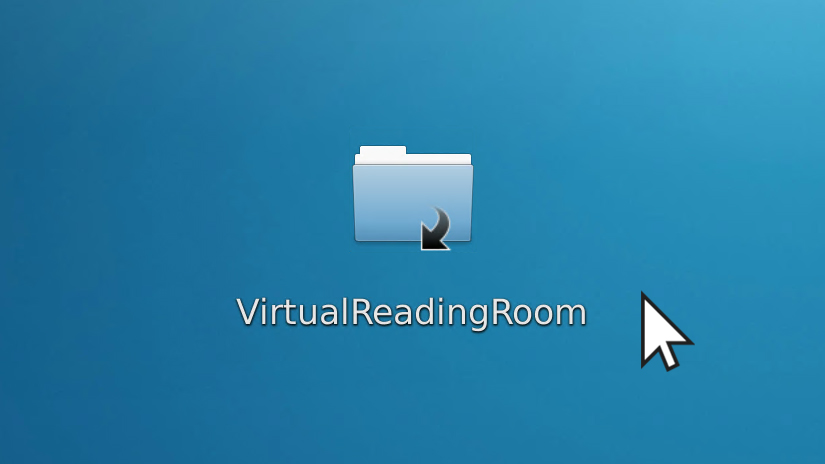
Introducing the Virtual Reading Room

Imagine using digital materials in the reading room, without ever having to leave your home.
Onsite reading rooms have been the traditional destination for researchers to view manuscripts and archives, as they are non-circulating. A virtual reading room offers a similar experience, but remotely. You might say they’re remotely similar!
We have nearly 150 thousand digitized items in our Rare & Unique Digital Collections platform, but did you know they represent just a fraction of our physical and born-digital collections? Some materials may never be shared openly online because of donor-requested restrictions, privacy, or copyright concerns. This is where the virtual reading room comes in. It’s a secure, mediated environment where researchers can log in and access materials, but not download them.
For researchers outside of Raleigh, North Carolina, or around the world, this technology will allow access to materials remotely, saving them the cost of a plane ticket. The virtual reading room will be available to faculty, students, scholars, and members of the public. Requirements include a desktop or laptop computer with a high-speed internet connection, as well as a remote desktop software application.
Some institutions have implemented virtual reading rooms as far back as 2010. Needless to say, the pandemic has only demonstrated the demand for and benefits of remote access to archival materials. Although work on our virtual reading room began when we were mostly working from home, one of our long-time goals has been finding innovative ways to support the discovery and delivery of our collections. Thanks to our colleagues at the NC State University Virtual Computing Lab who have provided the infrastructure and expertise for this service, the virtual reading room is becoming a reality.
While our virtual reading room will be set up to interact with common file formats like Microsoft Office documents, JPEG images, or MP3 audio, the possibilities are endless. In the future, it could facilitate access to architectural CAD drawings and other specialized formats. Using software emulation, it could also enable researchers to use legacy files which today’s operating systems can no longer open.
As we work on putting the finishing touches on this new service, we hope to gain feedback and improve the experience. If you’re interested in being one of the first researchers to test and make our virtual reading room better, let us know.
If you have questions about our collections or would like to see our materials, please use our online request form or visit our homepage. The Special Collections Research Center’s physical reading room is currently open by appointment only. Please contact us at library_specialcollections@ncsu.edu for appointments or any questions. You can also submit a request to use materials, and we will email you with available appointment times.